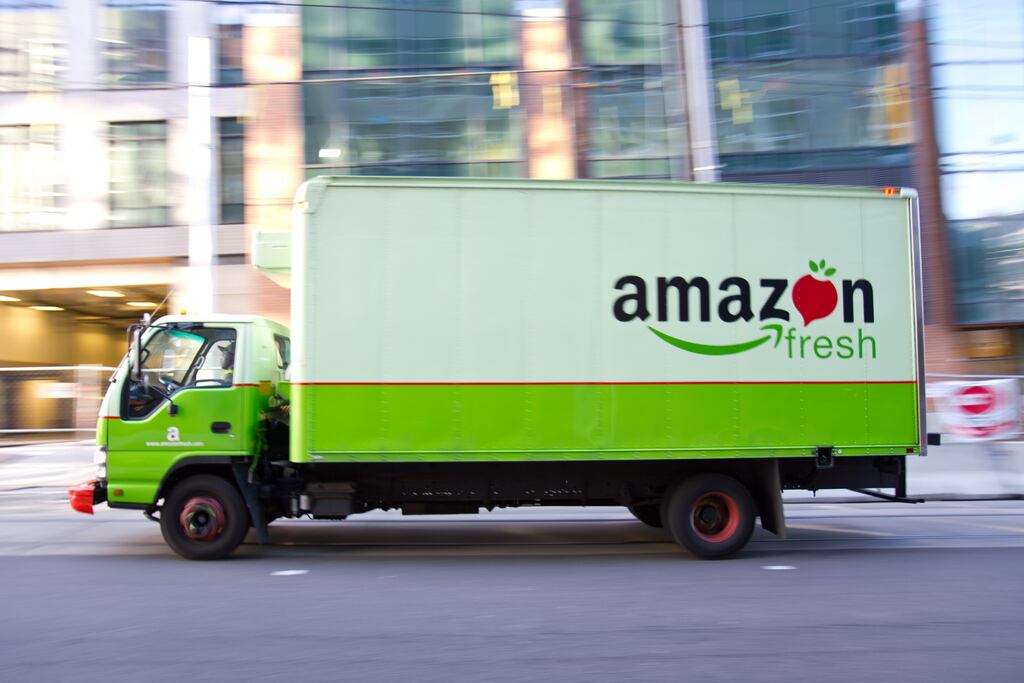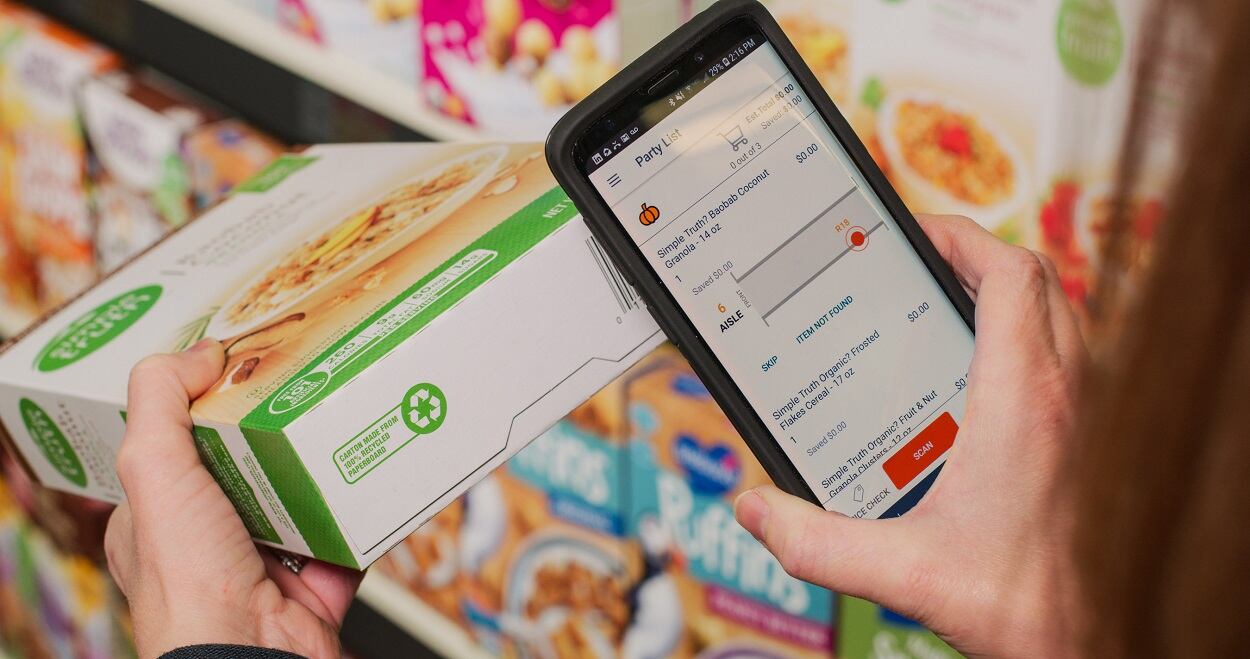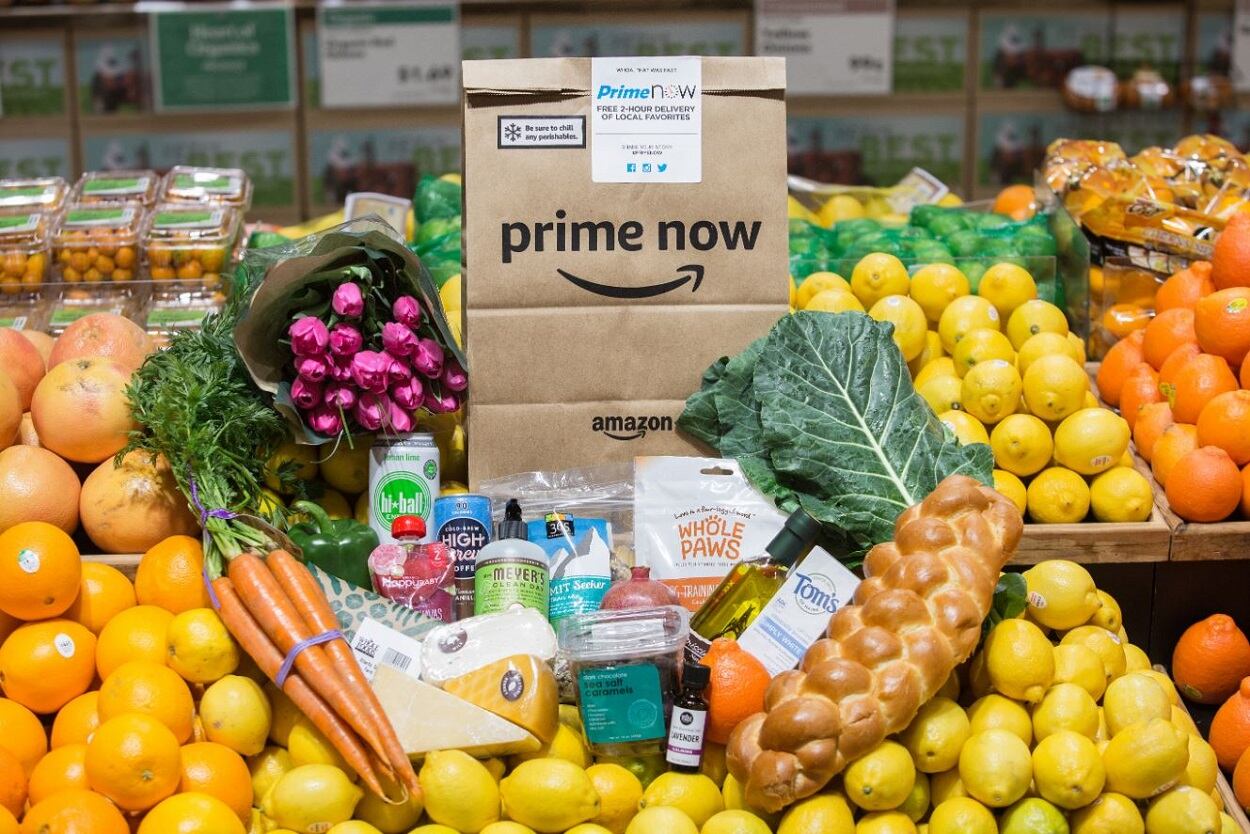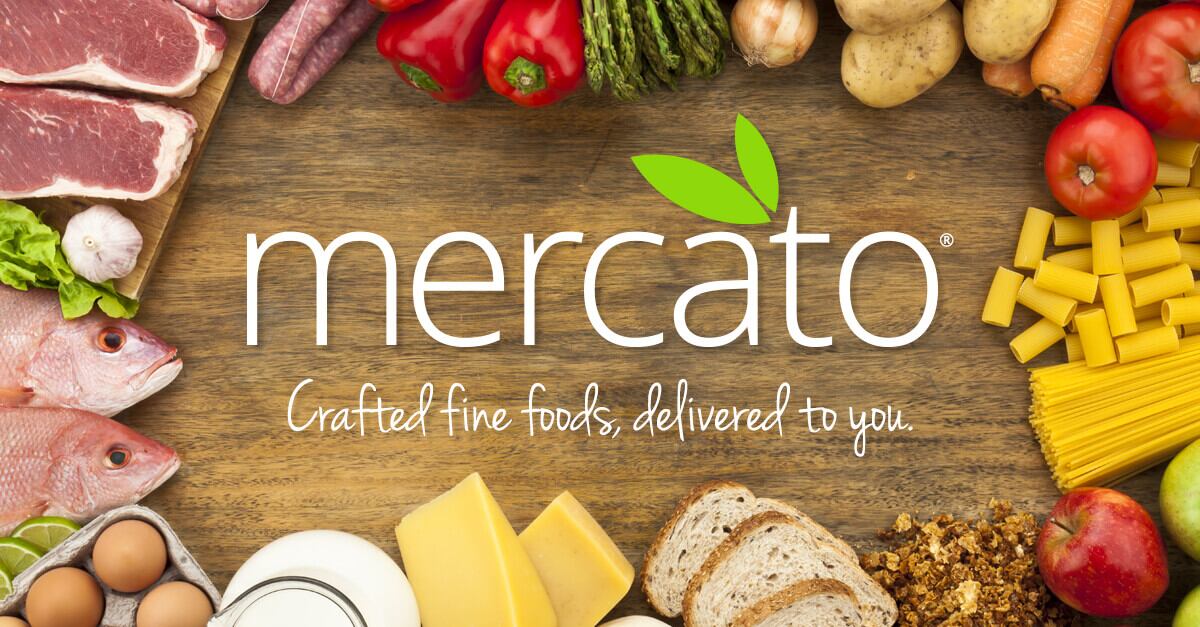Behind electronics, consumables such as groceries and pantry items are Amazon's second biggest product category and "arguably the most important,' said Edge by Ascential. Whereas consumer electronics tend to be high-cost, one-time purchases, consumables tend to be low-cost, high-volume household necessities making it a critical category for driving traffic.
"Low-cost household commodities are what keep customers coming through the proverbial door week after week," noted Edge by Ascential.
Cutting out the 'CRaP'
Amazon has earned a reputation as the 'everything store' to the point where it has become even more popular than Google as a product search engine as consumers increasingly make it their one-stop shop for all their purchasing needs, according to Edge by Ascential.
However, last year, Amazon cracked down on items that 'Can't Realize a Profit' (CRaP), many of which are low-cost items such as snack food and beverages that tend to also be bulky and hard to ship. Last month, The Wall Street Journal cited a six-pack of Smartwater for $6.99 bottled water as one such item, which used to be a default order option for Amazon Dash users. Last year the default order was changed to a 24-pack of Smartwater priced at $37.20 that owner Coca-Cola now ships out of its own warehouse saving Amazon having to deal with the expense of logistics and shipping.
"While the risk of 'CRaPing out' is old news to any brand selling on Amazon, this story has inspired some commentators to argue that other platforms like Boxed have an opportunity to step in and capture the low-priced, low-margin commodity market – but we don't see this happening," said Edge by Ascential.
Instead the company sees consumers staying loyal to Amazon as their go-to online shopping platform and modifying their purchases accordingly.
Where does grocery stand within consumables?
Healthier alternatives of food and beverage products continue to drive the most sales growth within Amazon's grocery category. While Amazon Grocery still grew sales by 45% in 2018, the YoY growth rate fell by 25% compared to 2016-2017 growth rate with perishables still making up an "extremely small portion of sales," noted Edge by Ascential.
Packaged snacks for instance generated the most growth in 2018 which Edge by Ascential attributes to the rise of better-for-you alternative sub categories such as snack corns, seeds, and nuts, which grew by over 90% in 2018 compared to 2017. Seaweed snacks, light snacks and dried fruit which grew by over 60%, while the market share of traditional snacks such as salty snacks and dried meat fell by 15%.
In other cases, Amazon sales of certain food and drink categories are outperforming the overall industry sales trend across channels. For instance, while the US soft drink market registered its 13th consecutive year of declining sales (according to Euromonitor data), Amazon still managed to register low single digit growth in 2018, the result of more consumers choosing Amazon over other retailers.
Amazon sales of energy drinks and ready-to-drink (RTD) juice both grew by 50% in 2018.
At $600m in annual sales, coffee continues to be the top performer within Amazon's grocery category, earning as much sales as all of cold beverages combined, growing at 40% YoY growth rate, according to Edge by Ascential. Single-serve coffee pods, which have struggled in other sales channels and at retail, hold 80% of Amazon's coffee market share while the small RTD coffee subcategory doubled in size last year.
Amazon's overall grocery business
Despite Amazon's success in other categories, perishables are not gaining much consumer traction, holding "an extremely small portion" of grocery sales.
"After spending years investing in sub-par programs like Amazon Fresh and Prime Pantry, consumers still aren’t sold on buying fresh food online," said Edge by Ascential, who in a recent report said that it predicts Amazon will discontinue its Amazon Pantry service.
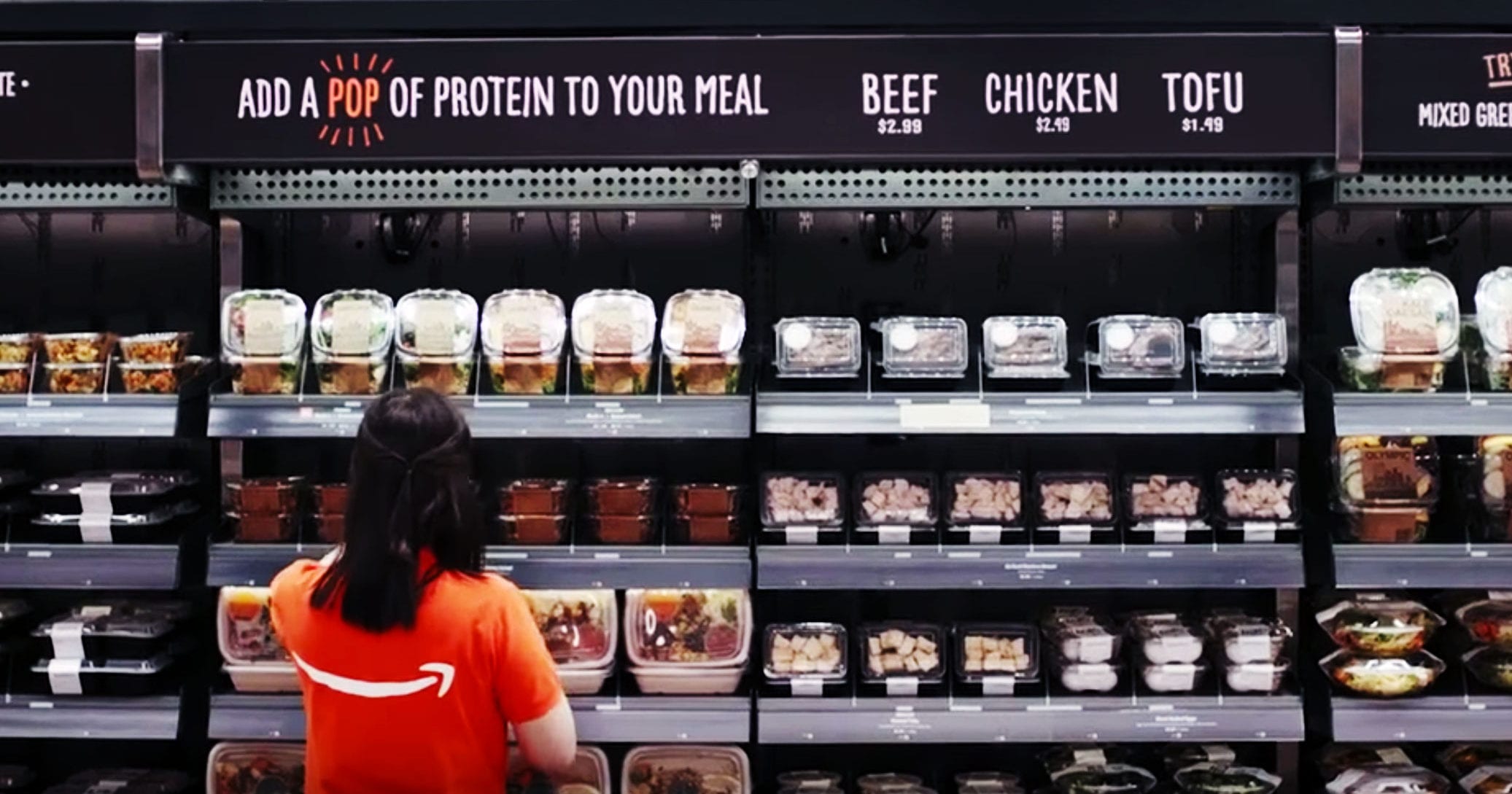
Amazon's strategy of increasing its physical store footprint with plans to add more Whole Food stores across the US shows that focus is being shifted in the right direction as many consumers are still attached to buying fresh and perishable items in person rather than on a screen, according to Edge by Ascential.
To fully realize is its physical retail presence, Amazon must invest heavily into location based inventory analytics to prevent out of stock issues and prevent customers from substituting their preferred brand.
"Out of stocks are one of the biggest issues for grocery brands on both the physical and digital shelves," Edge by Ascential noted. "Suppliers will need hyper local analytics capable of monitoring regional pricing and accurately forecasting inventory needs."

